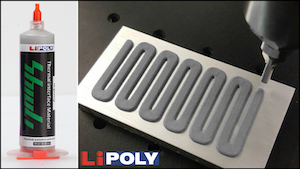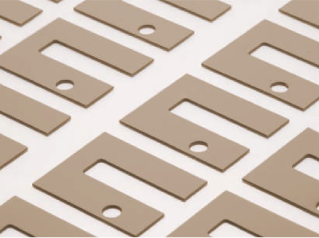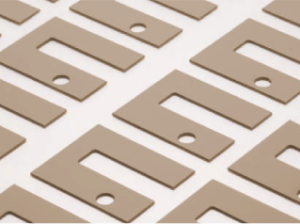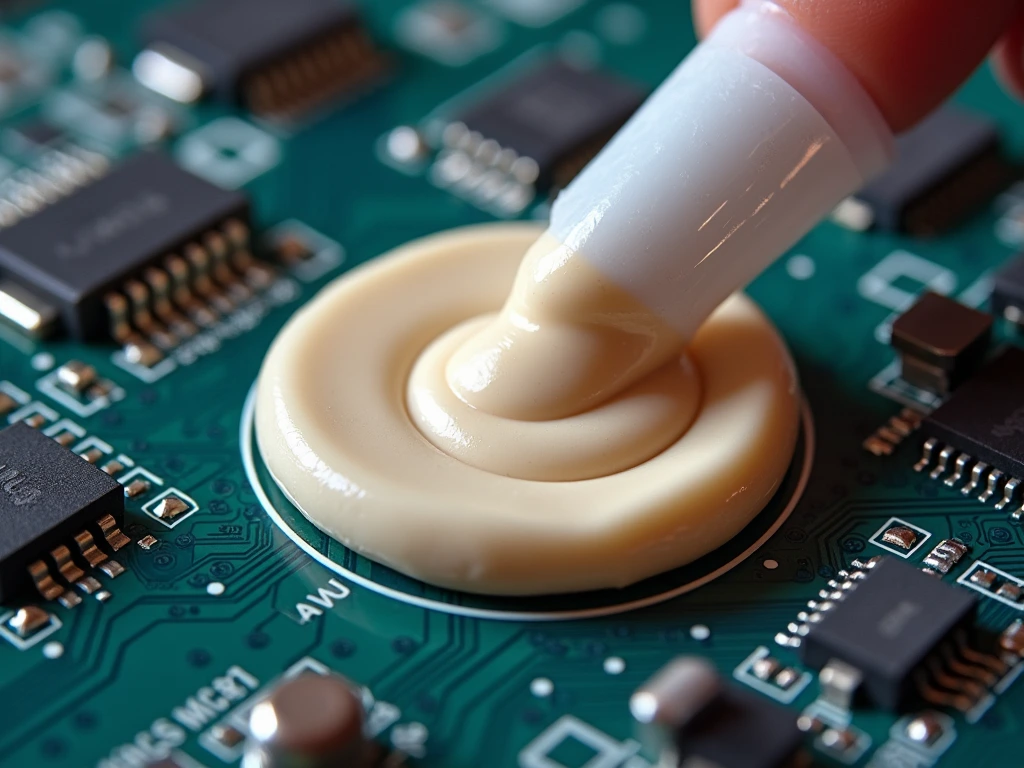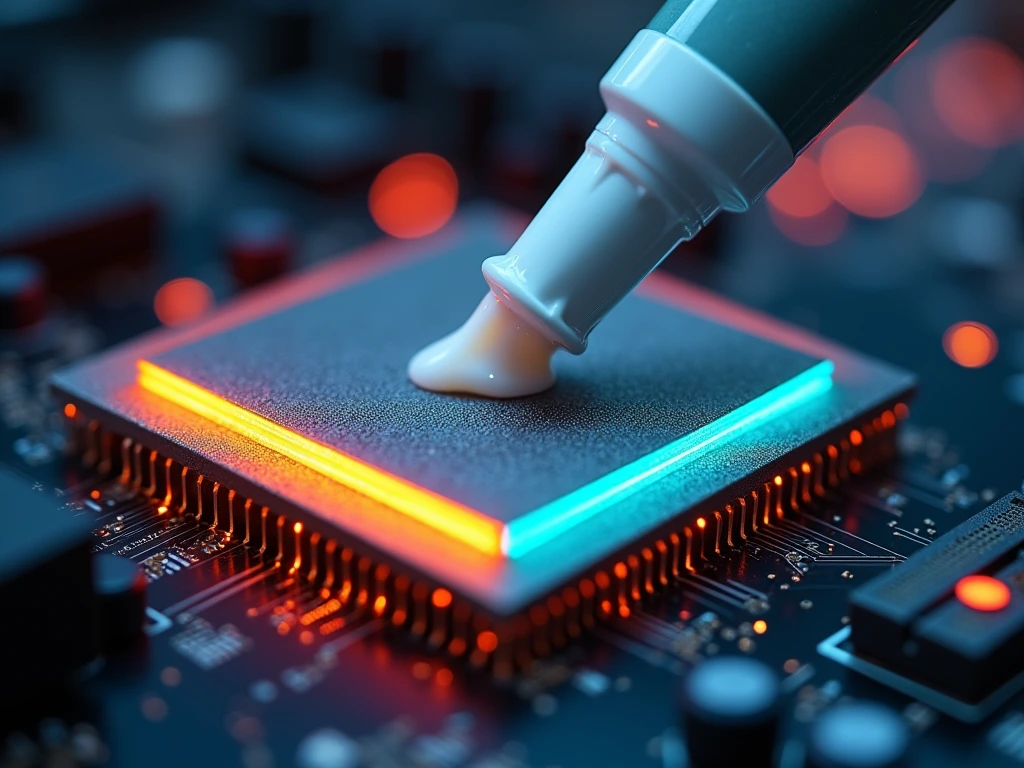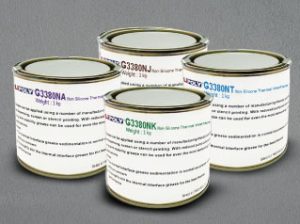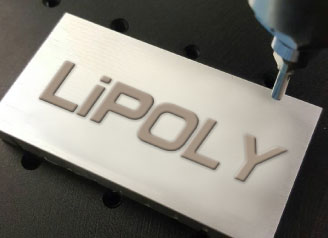Main Reasons for Lightweight Thermal Design in Electronic Products
- Enhanced Portability: Lightweight electronic products are easier to carry and use, providing greater convenience for users during commuting, travel, and daily use.
- Improved User Experience: Lighter devices reduce user fatigue during handheld use, especially for long-term usage devices such as smartphones, tablets, and e-readers. Lightweight design can significantly enhance user experience.
- Energy Efficiency: Lightweight electronic products consume less raw materials and energy during production and reduce energy consumption during transportation, contributing to environmental protection and sustainable development.
- Enhanced Performance: In certain electronic products, such as drones and portable sports cameras, lightweight design not only improves performance, such as flight time and stability, but also provides space for additional features.
- Reduced Transportation Costs: Lighter products incur lower costs during logistics and transportation, benefiting both manufacturers and consumers.
- Environmental Compliance: With the growing awareness of environmental protection and the implementation of related regulations, reducing material usage and energy consumption has become a crucial factor in electronic product design.
- Innovation Driven: The pursuit of lightweight design often encourages designers and engineers to adopt new materials, technologies, and processes, driving innovation across the entire industry.
Lightweight Thermal Design is an important trend in the development of electronic products. It not only concerns the practicality and user experience of the product but also involves environmental protection, cost, and technological innovation. As technology advances and consumer demands change, the lightweight design of electronic products will continue to evolve to meet higher standards and expectations.
See the complete thermal datasheet by clicking here: Lightweight Thermal Series
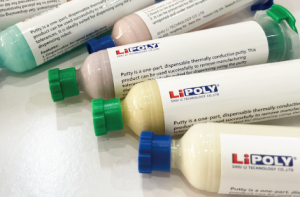
LiPOLY TIM Technology : Thermal Solutions

